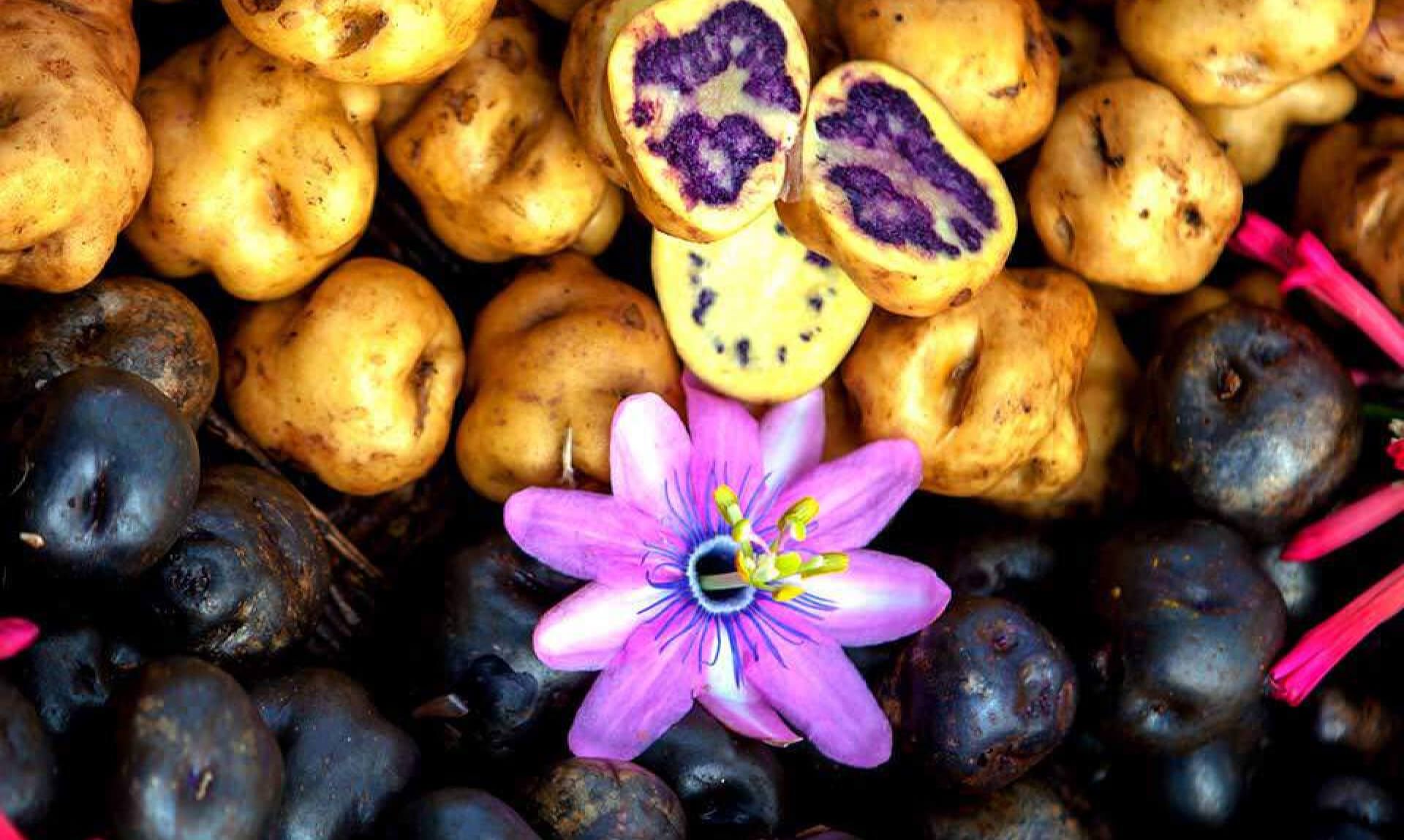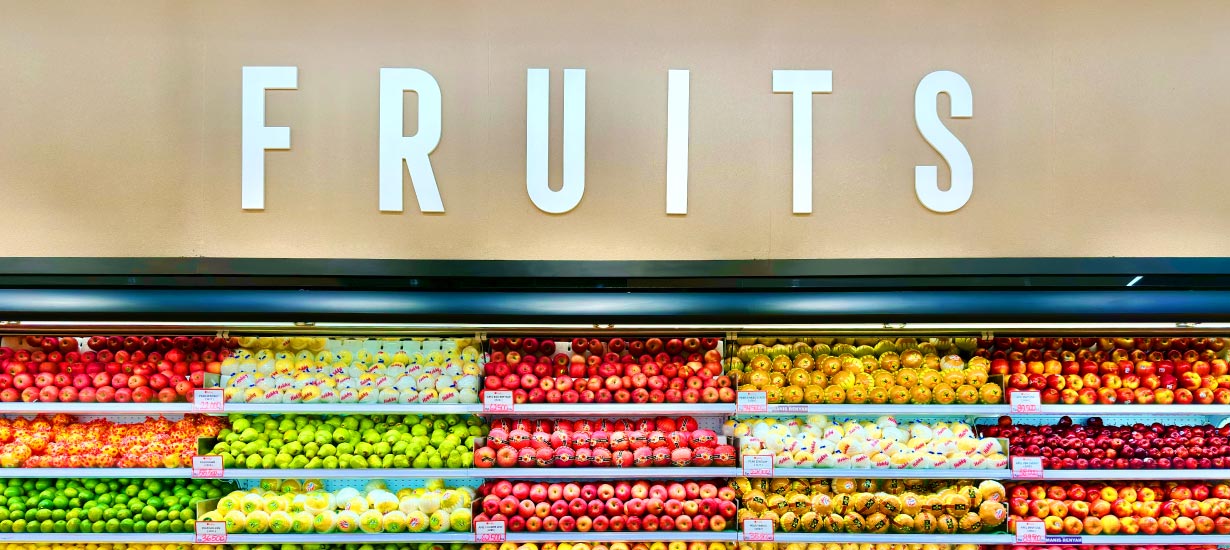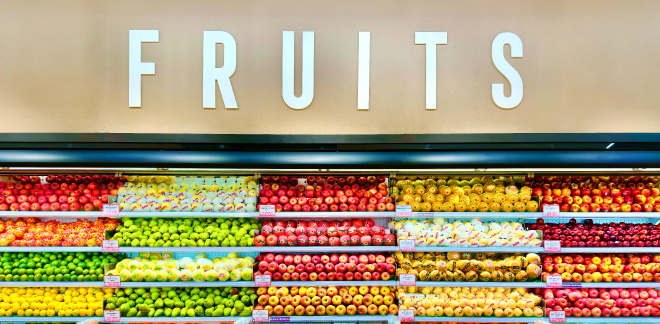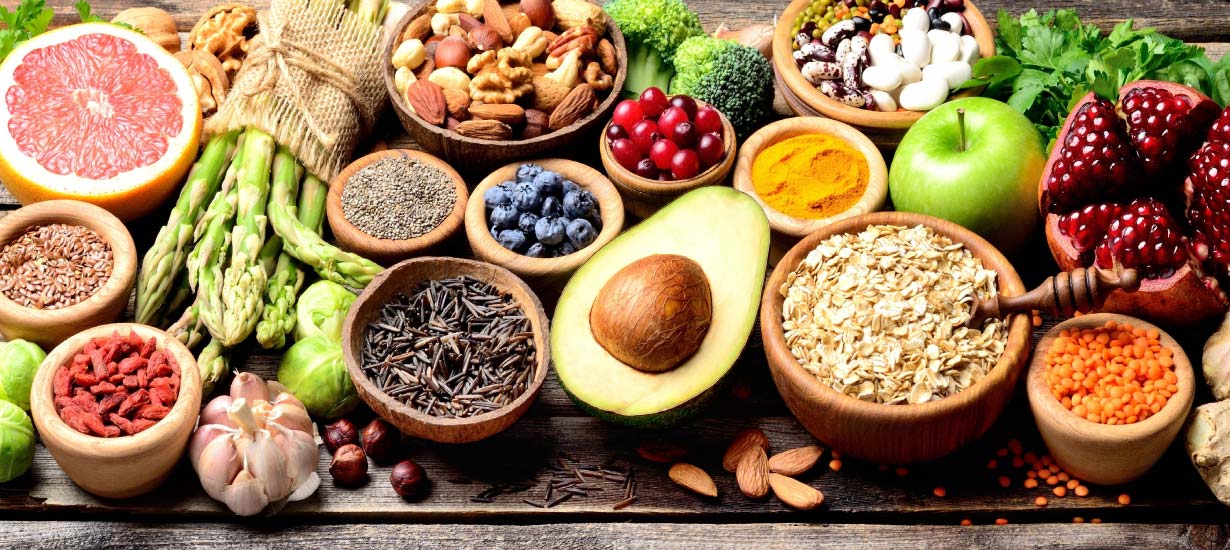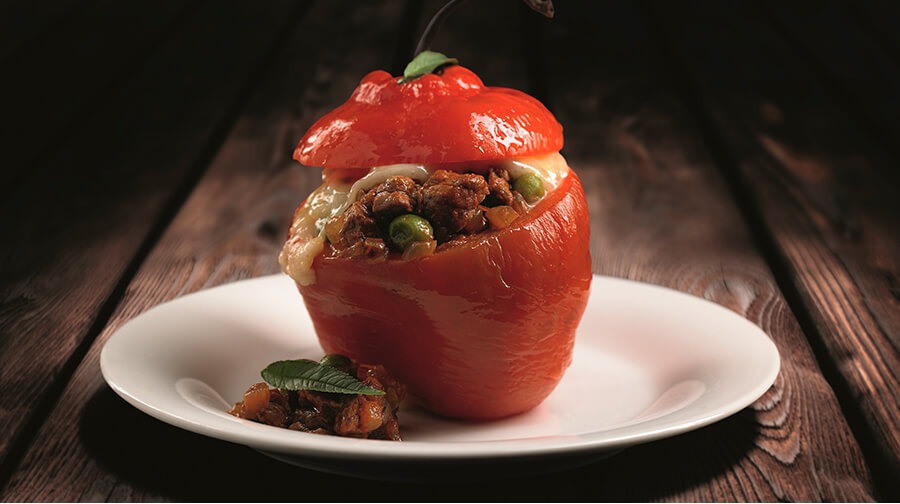Want to export fresh and frozen food to the Nordic countries? Here are 4 key opportunities in Denmark to explore!
Síguenos en:Google News
Peru, known for its rich biodiversity and commitment to sustainable practices, offers highly competitive products that align perfectly with the expectations of Danish consumers.
Peru's fresh and frozen food exports have made significant strides in international markets, thanks to their exceptional diversity and quality. Denmark, with its increasing demand for sustainable, healthy, and premium products, stands out as a key market with great potential for expansion.
For this reason, this article will explore the key opportunities in Denmark, based on insights from the estudio de mercado para frutas y hortalizas frescas y congeladas en Dinamarca (market study on fresh and frozen fruits and vegetables in Denmark and the Guía de mercado multisectorial: Dinamarca (Multisectoral Market Guide: Denmark) , both available on the Exportemos.pe website.
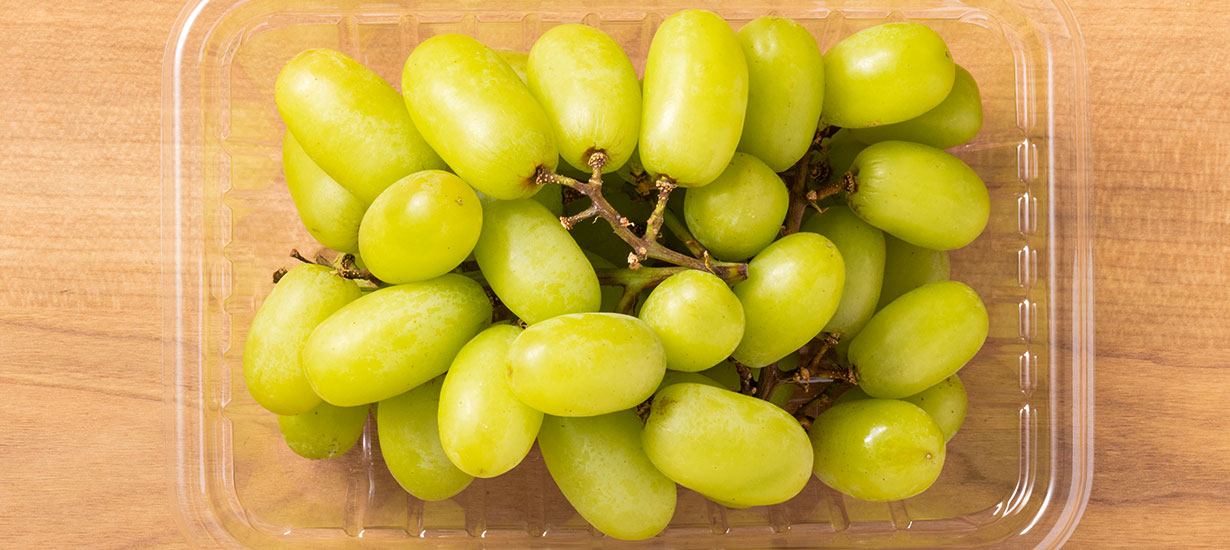 Source: Shutterstock
Source: Shutterstock
1. Danish consumers value a healthy diet
With their high purchasing power, Danish consumers highly value natural products that contribute to a balanced diet, driving an increasing demand for fresh and frozen goods.
As a result, fresh fruits are highly valued for retaining their nutrients and natural properties, while frozen products are a staple for Danish families thanks to their convenience and practicality.
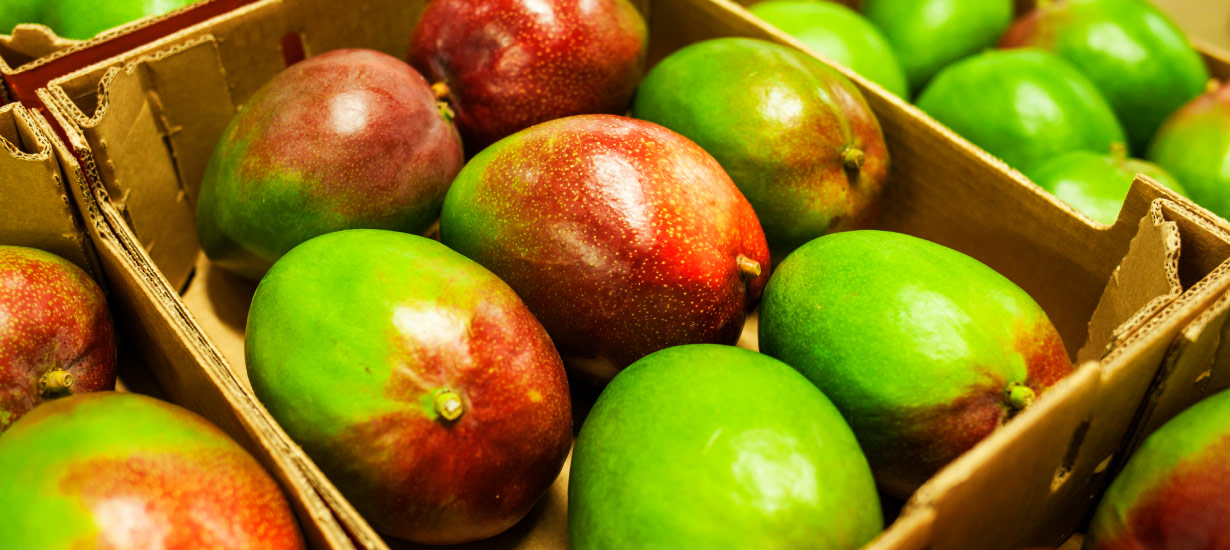 Source: Adrian Portugal / PROMPERÚ
Source: Adrian Portugal / PROMPERÚ
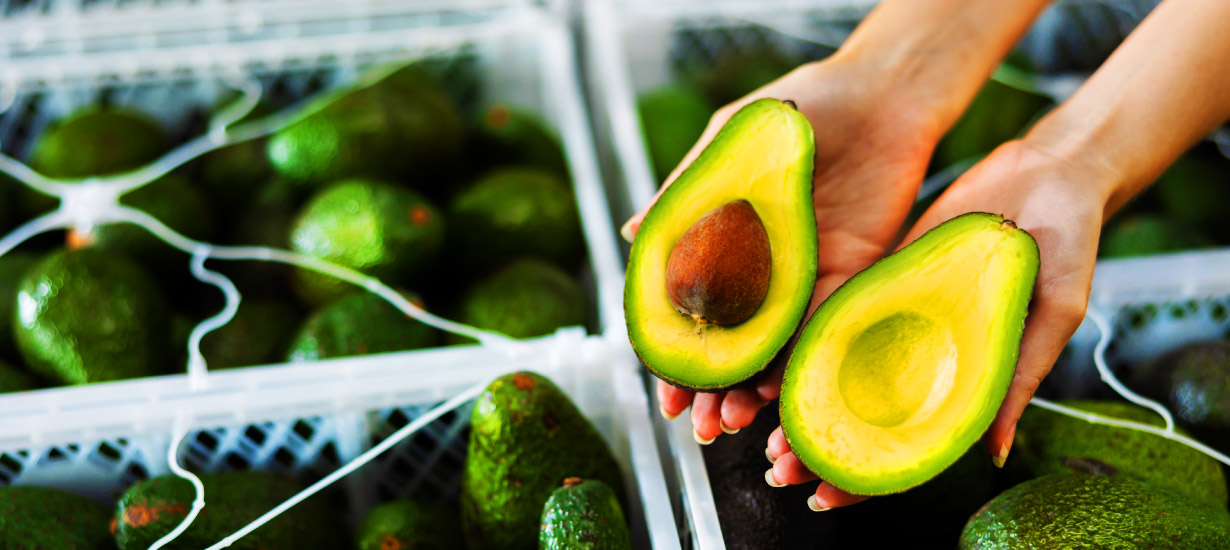 Source: Shutterstock
Source: Shutterstock
2. The Danish market for organic fruits and vegetables continues to grow steadily
Over the past four years, the Danish market for organic fruits and vegetables has grown by an impressive 143 %, according to Statistics Denmark, establishing itself as a highly dynamic and attractive sector.
This segment accounts for a quarter of the total sales in the category and plays a significant role for products like strawberries, lettuce, potatoes, cucumbers, and carrots.
3. Fresh and frozen products with the highest potential
As a country that promotes healthy eating, the Danish market presents excellent commercial opportunities for fresh products with strong potential, such as grapes, avocados, mangos, ginger, peas, and peppers (including chili peppers). For frozen foods, there is a promising niche for items like avocado, mango, and blueberries.
Similarly, imports to Denmark in 2019 revealed a strong demand for products like fresh bananas (USD 86 million) and fresh tomatoes (USD 77 million).
Source: Shutterstock
4. Preferences established in trade agreements
Peru currently has a trade agreement with the European Union that grants tariff-free access to 100 % of industrial products, while 99.3 % of agricultural products benefit from reduced tariffs.
As a result, Peruvian products like bananas, tomatoes, grapes, and avocados, among others, can enter the European market tariff-free, thanks to the implementation of the aforementioned trade agreement.
What you need to know
The Danish public holds Peruvian products in high regard for their quality. However, an important consideration is seasonality, as Danish consumers particularly value the availability of various products throughout the year.
Denmark is the only country in the Nordic region that is a net exporter of agricultural products. Based on data gathered through store checks, it can be assumed that many of these products are re-exported goods. Additionally, while the Danish market is relatively small, it serves as a strategic gateway for Peruvian products to reach the rest of the Nordic countries.
In 2022, the fruits most imported by Denmark were avocados, grapes, and oranges. During the period from 2018 to 2022, the only fruit consistently imported from Peru was grapes, a superfood that experienced a growth rate of 17.39 % in 2022.
Therefore, segments like fresh fruits and frozen vegetables, which are not produced locally but have strong demand, present opportunities. As a result, importers are constantly seeking new suppliers.
Thus, the Danish market presents significant opportunities for the export of Peruvian fresh and frozen products, driven by the increasing demand for healthy and sustainable food in the country.
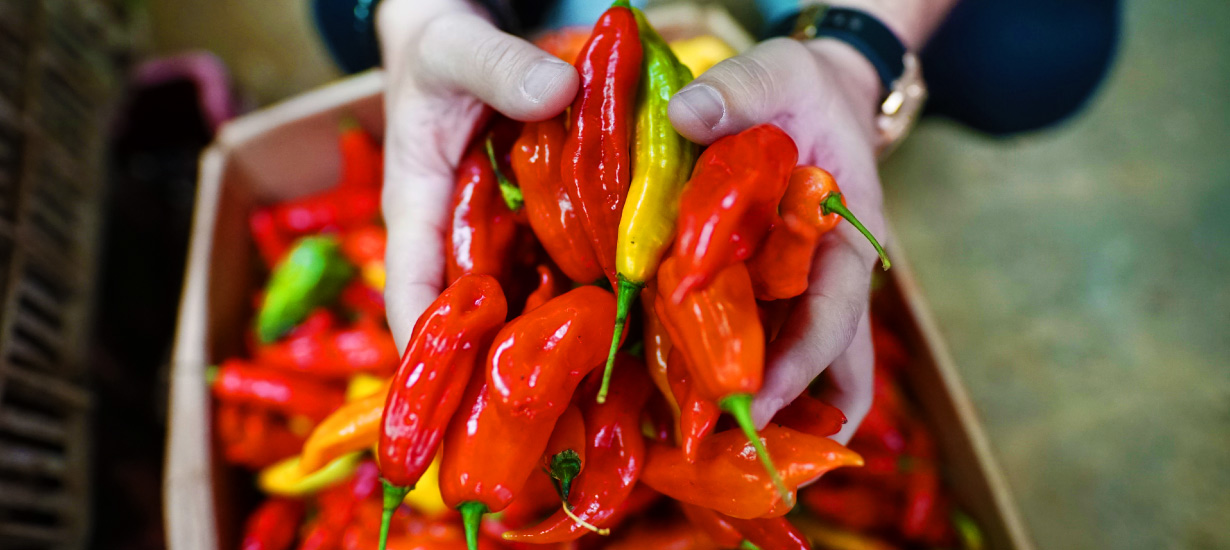 Source: Jonathan Alvarez Raigosa / PROMPERÚ
Source: Jonathan Alvarez Raigosa / PROMPERÚ

